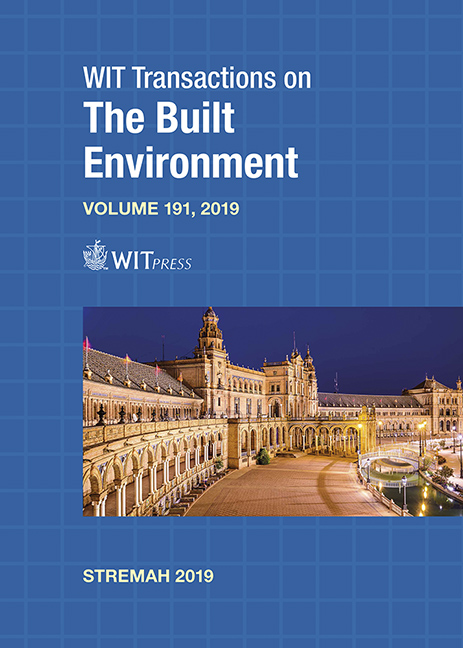BUILT HERITAGE OF THE DISMANTLED RAILWAY NETWORK: MAIN CAUSES OF ITS PERSISTENCE
Price
Free (open access)
Transaction
Volume
191
Pages
11
Page Range
127 - 137
Published
2019
Paper DOI
10.2495/STR190111
Copyright
WIT Press
Author(s)
URTZI LLANO-CASTRESANA, ANDER DE LA FUENTE ARANA
Abstract
The gradual deterioration experienced by the railway in the mid-20th century precipitated the dismantling of a great part of the once dense rail network, which articulated Europe and many of the most industrialized countries in the world, leaving a large set of infrastructures and buildings in disuse. In just a few decades since the closure of these lines, the existing number of buildings that formed these infrastructures has been decreasing alarmingly. From an academic point of view, most of the papers deal with the reasons for the continuous disappearance and destruction of railway heritage. The object of this article is to expose the main factors that have favoured the conservation of the buildings of those lines that have fallen into disuse, approaching from another perspective the vision of a reality in which both social and cultural aspects will play a role as relevant as architectural, technical and constructive ones. These lead us to the following question: Why are they still standing? To answer this question, more than 231 buildings from six disused railway lines which share similar characteristics, are close to each other and were part of one of the densest railway networks in Europe, such as the one in the Basque Country, have been analysed. Among them, the railway line of the Urola will stand out, due to its general state of preservation, experimented in the number, quality and conservation of its built elements. In this paper, we will present the different evidences why this line, coeval and analogous to the others and whose original buildings have remained almost the same, presents so different results from the rest. We will also determine and quantify the different indicators that could be relevant to define the possible level of recovery of the railway heritage in case of a hypothetical, future intervention, that could be extrapolated to the rest of the cases.
Keywords
dismantled railway network, former railway buildings, heritage management, collective identity




